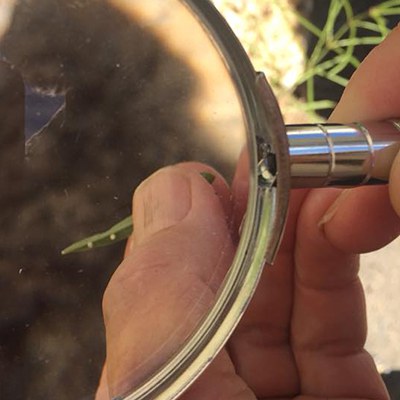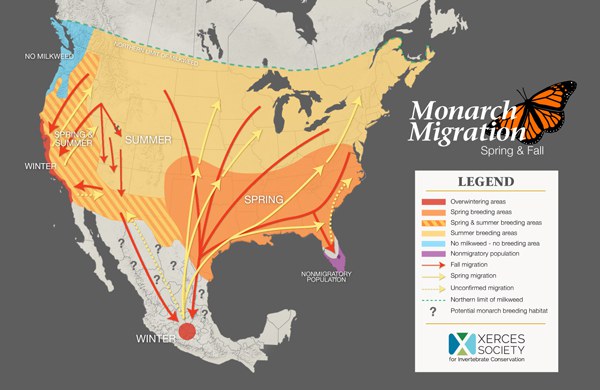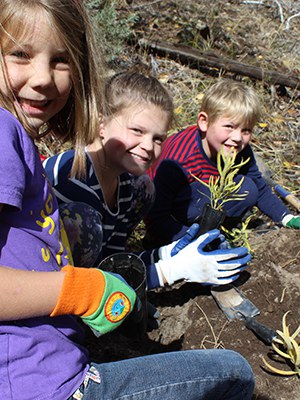Have you ever wondered how monarch butterflies can endure an annual multi-generational migration from Central Mexico and Southern California to as far north as Canada, a journey of over 3,000 miles? Their success lies in milkweed plants that play a critical role in their life history.

Since Central Oregon lies within western monarch breeding and migratory ranges, protecting and restoring high quality habitat is important. The western monarch population overwinters in forested groves along the Pacific Coast from Mendocino, CA south to western Baja, Mexico. In the spring, they fly north to seek out milkweed in their spring and summer breeding range, including Central Oregon. Western monarchs use rivers as major migratory corridors since they provide reliable water sources, nectar, and trees to roost in at night. As fall approaches and native milkweeds die back, the last monarchs to reach adulthood focus on finding nectar and starting their journey to overwintering grounds rather than reproducing.
According to the Oregon Plant Atlas, our ‘go to’ for the distribution of native species in Oregon, showy milkweed (Asclepias speciosa) and narrow-leaved milkweed (Asclepias fascicularis) are two native species found in Central Oregon. The nearest populations to Bend and Land Trust Preserves reported by the Atlas include a showy milkweed plant found in Prineville in 1933, and another in Madras along a ditch in 1959. The closest narrow-leaved milkweed was found in Madras in 1951. While there are likely more plants here than these few reported individuals, these impressively small quantities suggest augmenting the populations is bound to help monarchs. According to Robert Michael Pyle, author of The Butterflies of Cascadia and Butterflies of the Pacific Northwest, these two milkweed species are the sole hosts for monarchs in the Cascades. How many monarchs show up in any given summer depends on conditions in their wintering grounds and those encountered by spring immigrants on their way here.
Milkweed populations were likely more widespread and robust historically in Central Oregon than they are today, although their historic abundance is anybody’s guess. They thrive in moist habitats, especially along rivers and streams, and can handle dry conditions. Decline in milkweed abundance has been attributed to roadside herbicide spraying, targeted eradication on rangelands, stream channelization, development, and climate change impacts such as drought and invasive species encroachment. Agricultural practices that include herbicide use to create landscapes devoid of weedy edges that once included milkweed is another cause of decline. Drought conditions cause milkweed to die back earlier in the fall and some milkweed species seem to be less palatable to monarch larvae. Since rainfall and soil moisture both affect a plant’s ability to produce nectar, drought can also decrease nectar production.

It is important to have large, dense clumps of milkweed for monarch caterpillars. Protection and restoration along Whychus Creek provides much of this habitat value. The Land Trust has worked for many years to add more milkweed and other pollinator plants to our protected lands. We hope you'll get involved too!
References for this article.
Karen Allen is a restoration ecologist with more than 25 years of habitat restoration experience.
Learn more:
- Plant some milkweed: Clearwater Native Plant Nursery, Wintercreek Restoration
- About Monarch conservation: Xerces Society
- Monarch Advocates of Central Oregon
- Southern Oregon Monarch Advocates


